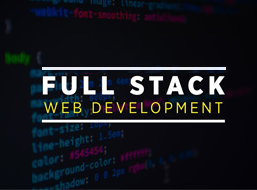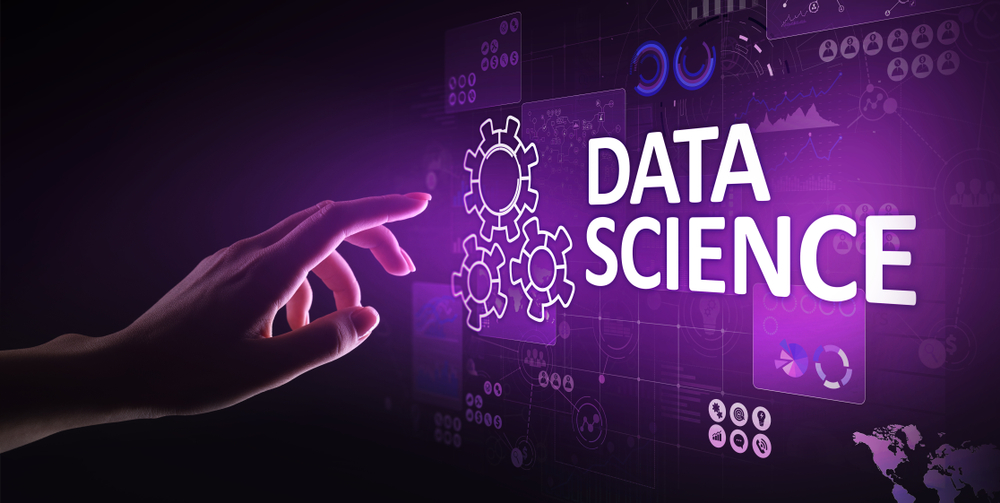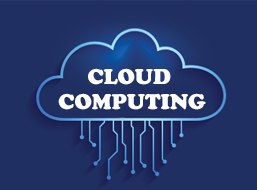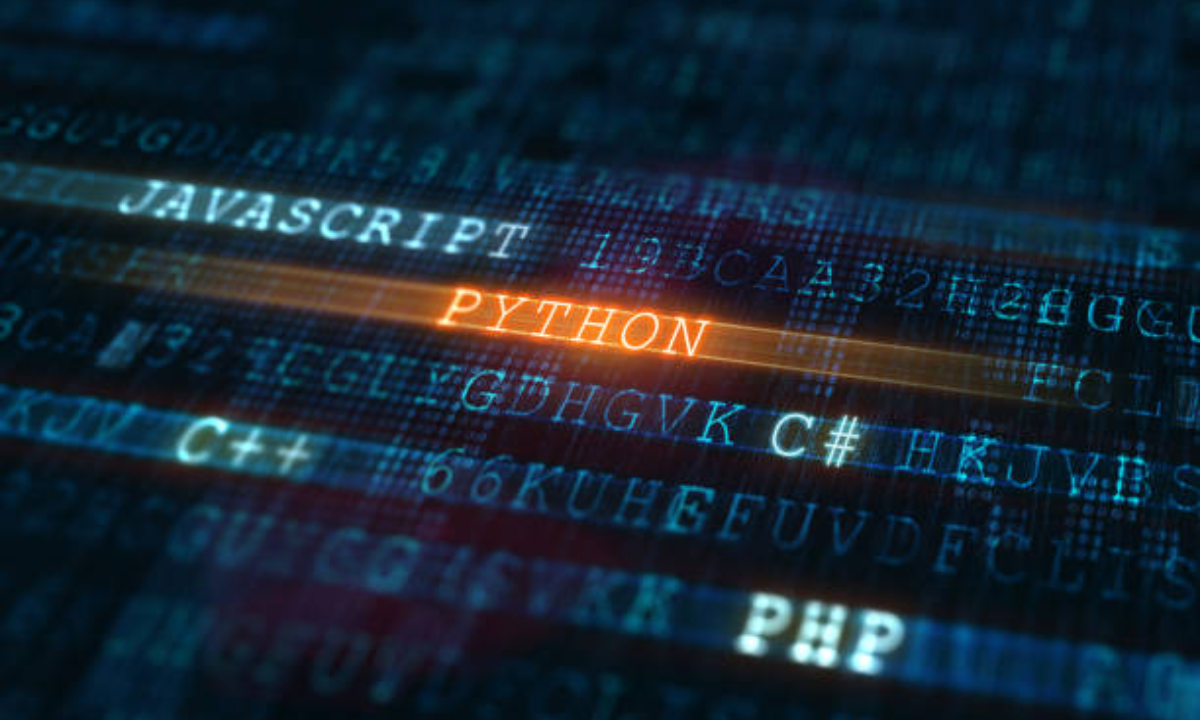Table of contents
|
1. Why Language Choice Matters in Full-Stack Development |
|
2. JavaScript – The Core of Full-Stack Development |
|
3. TypeScript – JavaScript with Superpowers |
|
4. Python – For Back-End Development & Beyond |
|
5. Java – For Scalable and Secure Enterprise Applications |
|
6. SQL – The Language of Databases |
|
7. PHP – Still Alive and Thriving in 2025 |
|
8. Go (Golang) – The Future of High-Performance Back-End Systems |
|
9. HTML & CSS – The Foundations of Web Development |
|
10. Final Thoughts |
In today’s fast-evolving tech industry, full-stack development continues to be one of the most in-demand career paths. A full-stack developer is expected to work across both front-end and back-end technologies, building complete web applications from scratch. If you're planning to enrol in a full-stack course in 2025, choosing the right programming languages to learn is a key step. The tech landscape is constantly changing, and staying updated with the most relevant and widely used languages will give you a strong edge in the job market. This blog highlights the best programming languages you should focus on in a full-stack course this year, based on current trends, employer demands, and real-world usability.
In this blog, we’ll explore the best programming languages to learn in a full-stack development course in Bangalore in 2025, based on industry trends, job market demand, and practical applications. We'll also explain why each language matters and where it fits in the full-stack ecosystem.
Why Language Choice Matters in Full-Stack Development
Full-stack developers are expected to handle everything from designing responsive user interfaces to building scalable back-end systems and managing databases. To do this efficiently, developers need a combination of languages that can cover:
-
Front-end development
-
Back-end development
-
Database integration
-
Server-side scripting
-
API handling
-
Version control & deployment
By mastering the right languages, you can build complete applications from scratch and stay aligned with modern software development standards.
1. JavaScript – The Core of Full-Stack Development
Role: Front-end and Back-end
Popular Frameworks: React, Angular, Vue.js (front-end); Node.js (back-end)
JavaScript continues to be the most essential language in full-stack development. As the backbone of front-end interactivity, it’s used to build dynamic user interfaces and real-time features like chat applications and live updates. With Node.js, JavaScript extends to the server side, allowing developers to use a single language for both ends of the stack.
Why Learn JavaScript in 2025?
-
Strong community and continuous updates (ES2025 and beyond)
-
Works across all browsers
-
Integral to frameworks like React, which dominate front-end development
-
Supports full-stack development with Node.js
If you're serious about full-stack development, JavaScript is non-negotiable.
2. TypeScript – JavaScript with Superpowers
Role: Front-end and Back-end
Popular Frameworks: Angular, NestJS
TypeScript is a superset of JavaScript that adds static typing. It helps catch errors during development and improves code readability and maintainability, especially for large-scale applications.
Why TypeScript Is Important in 2025
-
Increasing adoption in enterprise-level applications
-
Reduces runtime errors and improves productivity
-
Preferred choice in many Angular and React projects
-
Integrates seamlessly with JavaScript
For those learning JavaScript, picking up TypeScript is a natural next step.
3. Python – For Back-End Development & Beyond
Role: Back-end
Popular Frameworks: Django, Flask, FastAPI
Python is one of the most beginner-friendly languages and is widely used for back-end development. It’s also highly valued in data science, machine learning, and automation, making it a versatile skill.
Why Python Remains Relevant in 2025
-
Simple syntax and high readability
-
Supports rapid development
-
Strong ecosystem for web frameworks (Django/Flask)
-
Great for integrating AI/ML features into web apps
Python is an ideal second language in a full-stack course, especially if you're interested in building smart, data-driven applications.
4. Java – For Scalable and Secure Enterprise Applications
Role: Back-end
Popular Frameworks: Spring Boot, Hibernate
Java has been a mainstay in enterprise software development. Despite being older, it continues to be widely used for building large-scale, secure, and scalable applications, especially in finance, healthcare, and e-commerce.
Why Java Still Matters in 2025
-
Platform-independent (write once, run anywhere)
-
Excellent performance and scalability
-
Backed by strong IDEs and tools (like IntelliJ IDEA, Eclipse)
-
Large job market, especially for back-end roles
If your goal is to work in large enterprises or cloud-native development, Java is a valuable addition to your skill set.
5. SQL – The Language of Databases
Role: Database Management
Popular Systems: MySQL, PostgreSQL, Microsoft SQL Server
Every full-stack application interacts with a database. SQL (Structured Query Language) is essential for querying and managing data in relational databases.
Why SQL Is Essential
-
Universal language for relational databases
-
Used in virtually every application backend
-
Helps with understanding data modeling and storage
-
Often combined with ORMs (Object-Relational Mapping) in frameworks like Django and Spring Boot
You don’t have to master complex queries, but knowing how to read and write SQL is a must for every full-stack developer.
6. PHP – Still Alive and Thriving in 2025
Role: Back-end
Popular Frameworks: Laravel, Symfony
Despite newer languages emerging, PHP remains relevant, especially for CMS platforms like WordPress, Magento, and Drupal.
Why Learn PHP?
-
Easy to learn and widely supported
-
Powers over 70% of websites globally
-
Great community and documentation
-
The laravel framework is popular for modern web apps
If you're planning to work on content-heavy sites or in freelance web development, PHP is still worth learning.
7. Go (Golang) – The Future of High-Performance Back-End Systems
Role: Back-end
Popular Frameworks: Gin, Beego
Go, developed by Google, is gaining traction for its speed and concurrency support. It’s widely used in microservices and cloud applications.
Why Go Is Gaining Popularity
-
Simple syntax with high performance
-
Built-in concurrency support
-
Compiles to fast executables
-
Ideal for scalable, production-grade systems
Learning Go in a full-stack course can future-proof your career, especially for roles in DevOps and cloud architecture.
8. HTML & CSS – The Foundations of Web Development
Role: Front-end
No matter how advanced the tech stack gets, HTML (HyperText Markup Language) and CSS (Cascading Style Sheets) remain fundamental. They control how a webpage looks and feels.
Why HTML/CSS Are Still Vital
-
Required to build any front-end application
-
Used in combination with JavaScript and frameworks
-
Essential for responsive, mobile-friendly design
-
Easy to learn but powerful when used well
Any full-stack course in 2025 will still start with these building blocks.
Final Thoughts
In 2025, full-stack development is evolving rapidly, and the demand for skilled developers is higher than ever. By learning the right programming languages, you can build complete, responsive, and high-performing applications.
A good full-stack course will typically start with foundational skills like HTML, CSS, and JavaScript, then introduce you to modern frameworks, back-end languages, and database management. Whether you choose Python, Java, or Go as your back-end language, make sure it aligns with your career goals.
Investing in these languages not only makes you a well-rounded developer but also opens up diverse job opportunities across industries. Start with a roadmap, stick to it, and keep building projects as you learn.





